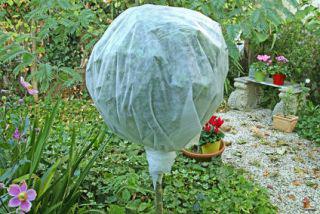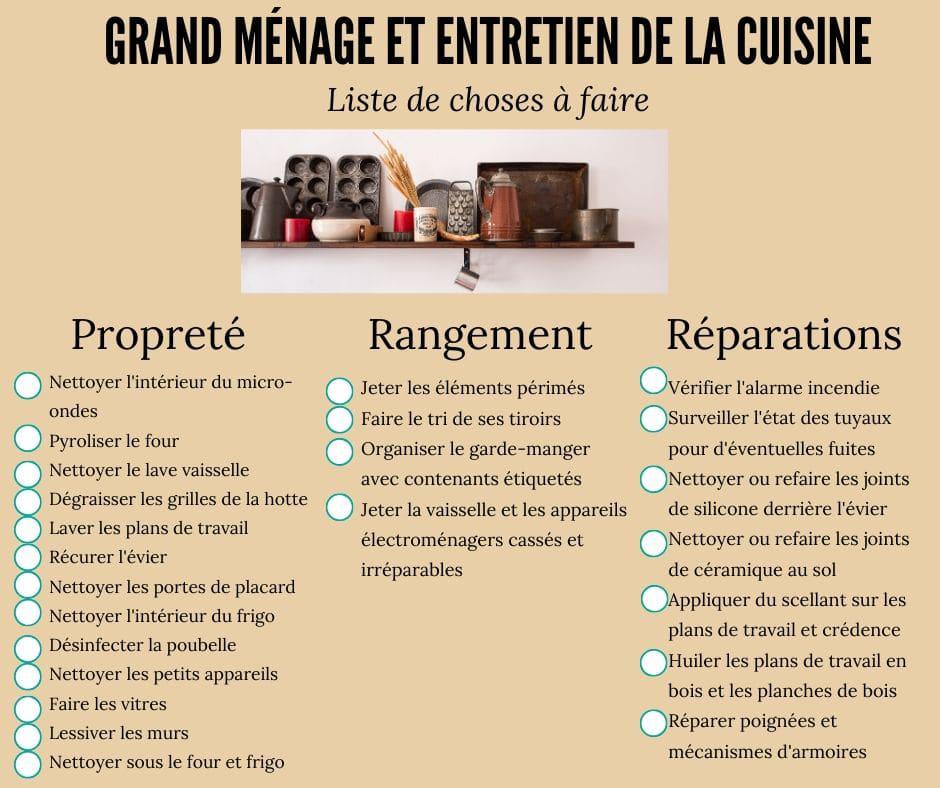In the fall, when trying to harvest as much food as possible, tend to winter flowers, or prepare the garden for the following year, an unexpected frost is a novice gardener's nightmare. Not only can it force plant species into early hibernation, it can even completely devastate your garden. It is therefore necessary to take preventive measures to protect the plants from the sudden cold and save its harvest. What are the first steps to take, it's up to you to discover in the heart of the current information sheet!
Page content
What is frost?
Sponsored linksFrost is a more or less sudden cold that forms a thin layer of ice (known as frost) on the plant surface. It occurs when water vapor changes from a gas to a solid when exposed to temperatures below freezing. This damages plants because water in plant cells turns into ice crystals, which disrupts fluid movement, ruptures cell membranes and damages plant tissue. So protecting plants from the cold when temperatures are around freezing is generally not necessary. However, if they drop below – 2 degrees, measures must be taken to prevent or limit the damage.
Sponsored Links
So that the frost does not surprise you, it is better to regularly check the weather forecast for your own region. When you think about it, following the weather goes hand in hand with gardening, risk of frost or not, so it's a logical step. However, there are also environmental cues you can watch for when temperatures begin to approach freezing. For example, a windless evening and cloudless sky create the perfect conditions for a sudden overnight freeze. You must therefore be on your guard and protect the plants from the cold before it is too late.
How to protect plants from the cold?
The most basic thing to do when the first frosts approach is to bring the plants indoors. It makes sense, but many people forget this step or think their planters are safe once they stop watering the plants. Contrary to popular belief, potted plants are actually more prone to frost damage. They do not benefit at all from the insulating powers of the earth and their roots are much more sensitive in cold weather.
When bringing potted plants indoors, first place them in a place that is not too hot. The reason for this is that sudden changes in temperature can be as shocking to plants as frost. Likewise, carefully inspect plants for pests or diseases before inviting them into your home. Keep them separate from your houseplants to avoid the potential spread of insects or fungus. Once the risk of frost has passed, bring all your plants outside in the morning.
It may seem counterintuitive, but keeping the soil slightly moist can actually help protect plants from the cold. A moist floor has an insulating effect that radiates heat upwards at nightfall. However, there are a few catches: if you water the plants in winter, be sure to do so sparingly and at midday when temperatures are highest. Also, stop all watering before an expected cold snap.
Just like putting on a sweater when the cold weather warms you up, adding a layer of garden mulch to your flower beds will help protect the soil from temperature fluctuations. Use proper straw, wood shavings, moss, and even just a pile of dead leaves to protect plants from the cold by providing crucial insulation to their root systems. Mulch abundantly, aiming for a thickness of about 10 cm to create a good insulating barrier.
Tip: leave 3-4 cm without mulch around the central stem so that the heat from the soil can travel up to the plant. Although mulching is one of the best things you can do to protect plants from the cold, you'll need to remove some of that protective layer when the weather gets permanently warm.
A cloche is a cone-shaped plastic or glass cover that helps keep small plants warm in cold weather. You can buy these types of bells, but there are also many household items that can serve the same purpose. Cut off the bottom of a large plastic bottle or water jug and you're good to go!
Covering your plants with winter veils is one of the best ways to protect them from frost. You can use ready-made canvas, but also an old thin tarp, a shower curtain and even sheets and blankets. Before covering the plants, plant several stakes in the beds to create a kind of tent. Then ballast the corners and edges with stones or heavy bricks to prevent the sails from blowing away in strong winds. If your area is cooler and freezes are frequent, it's best to invest in specially designed frost blankets that are reusable, breathable and custom-made.
Sources used: www.ruralsprout.com








